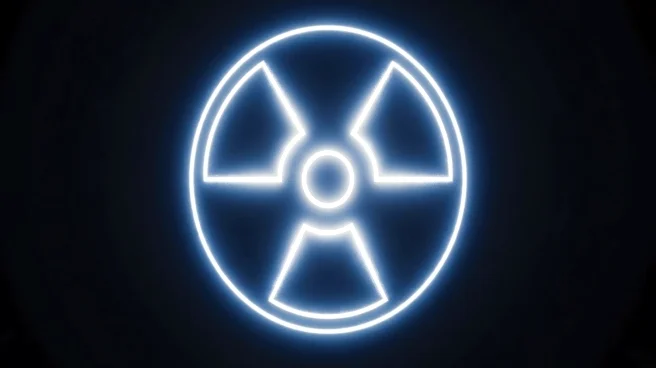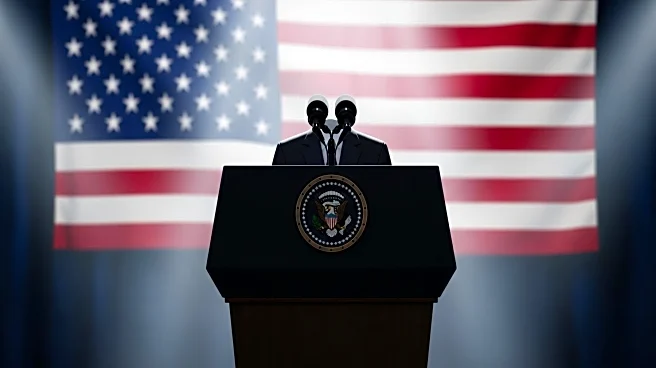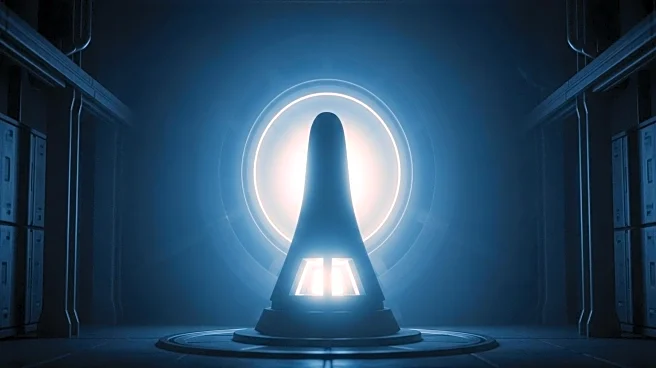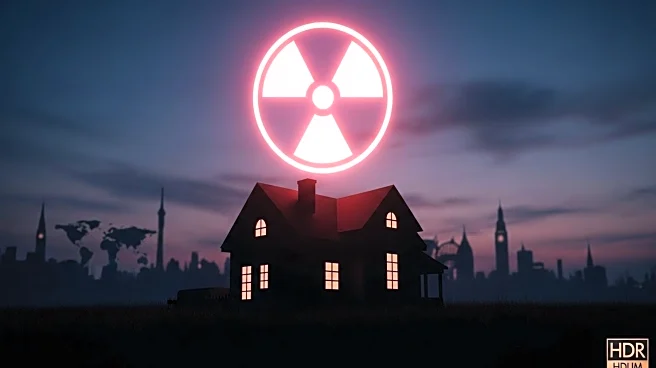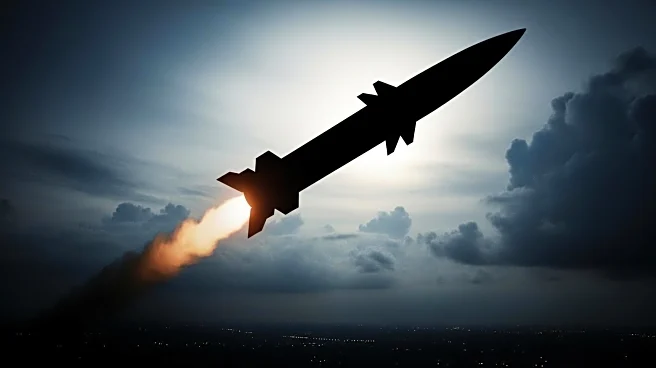What's Happening?
Oscar-winning director Kathryn Bigelow, known for her work on 'The Hurt Locker' and 'Zero Dark Thirty,' has released a new thriller titled 'A House of Dynamite.' The film delves into the human elements of America's nuclear deterrence strategy, focusing on the reactions within the government and military when a single intercontinental ballistic missile (ICBM) is launched toward the United States. Bigelow, alongside screenwriter Noah Oppenheim, aims to highlight the psychological and strategic complexities involved in nuclear deterrence, emphasizing the potential for human error and the critical decisions that must be made in such high-stakes scenarios.
Why It's Important?
The film 'A House of Dynamite' is significant as it brings attention to the delicate balance of nuclear deterrence, a topic of ongoing relevance in U.S. national security discussions. By exploring the human factors involved in nuclear decision-making, the film underscores the potential vulnerabilities in the system, which could have profound implications for policy makers and military strategists. The portrayal of these elements may influence public perception and spark dialogue about the effectiveness and risks associated with current deterrence strategies, potentially impacting future policy decisions.
What's Next?
The release of 'A House of Dynamite' may lead to increased public and political discourse on nuclear deterrence and the strategies employed by the U.S. government. As audiences engage with the film's narrative, there could be calls for more transparency and reassessment of existing policies to ensure they adequately address the human factors highlighted in the film. Additionally, the film may inspire further cinematic explorations of similar themes, contributing to a broader cultural understanding of nuclear issues.
Beyond the Headlines
Beyond its immediate impact, 'A House of Dynamite' could contribute to a long-term shift in how nuclear deterrence is perceived culturally and ethically. By focusing on the human elements, the film challenges viewers to consider the moral implications of nuclear strategies and the potential consequences of human error. This could lead to a reevaluation of the ethical dimensions of nuclear deterrence and influence future generations of filmmakers and storytellers in their portrayal of military and government decision-making.
